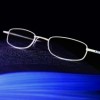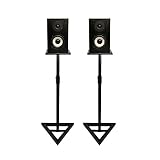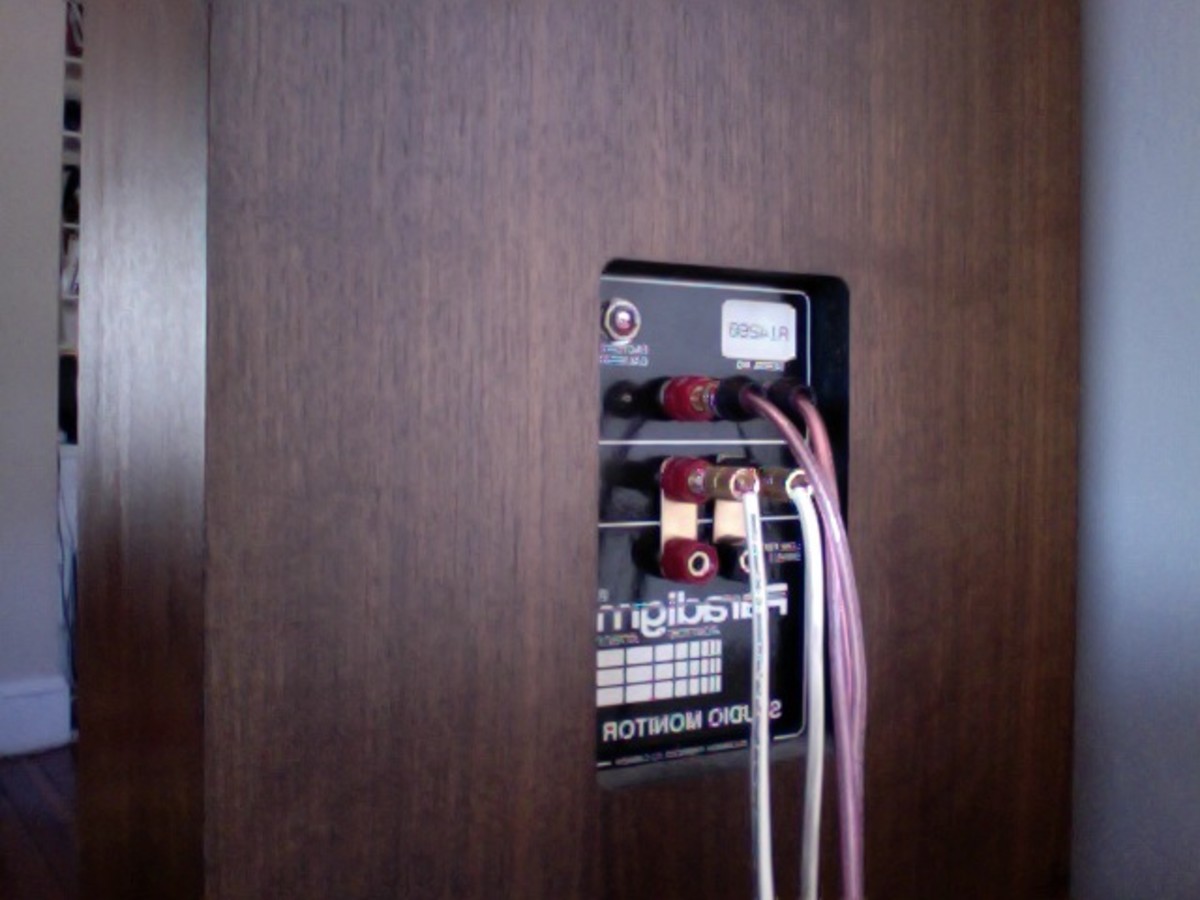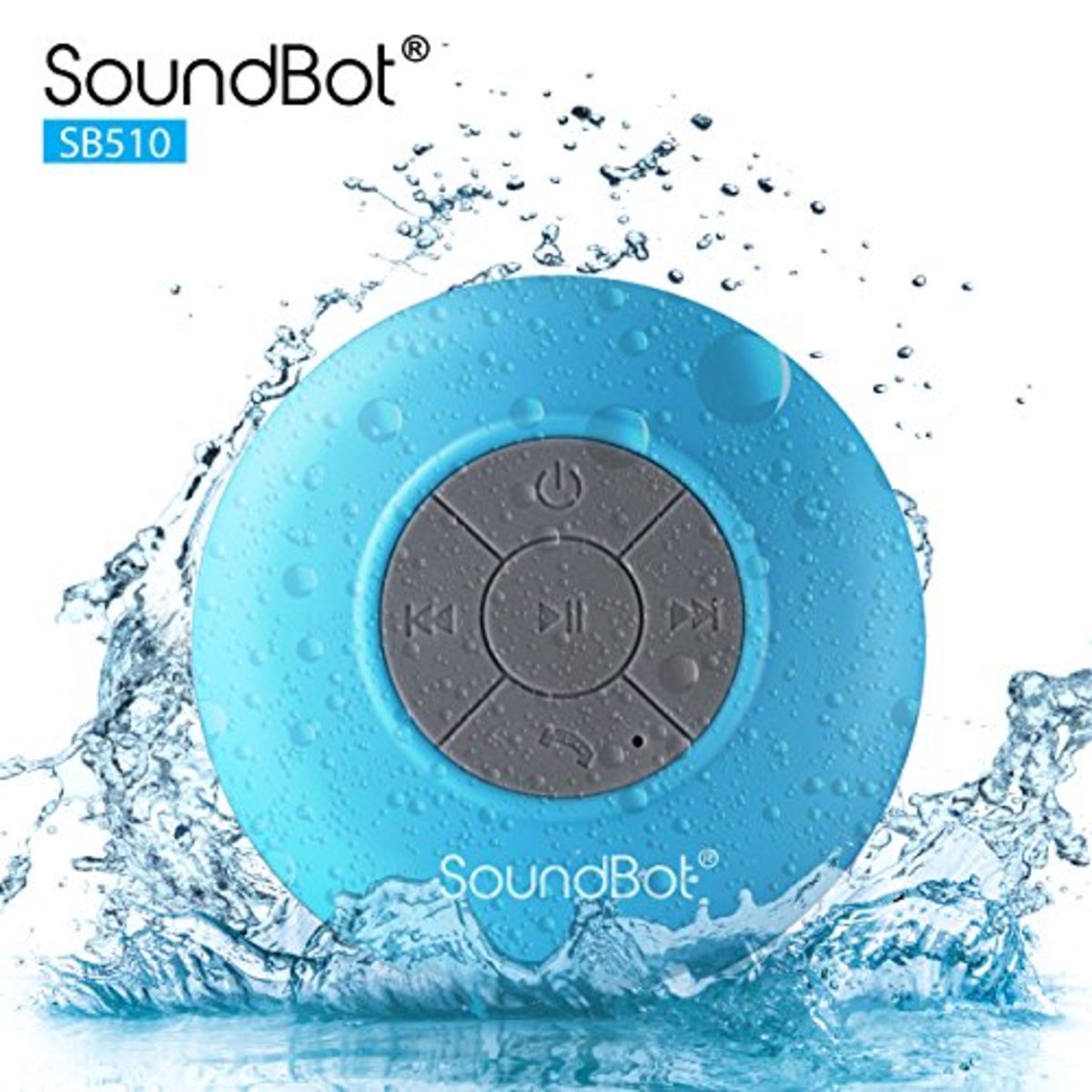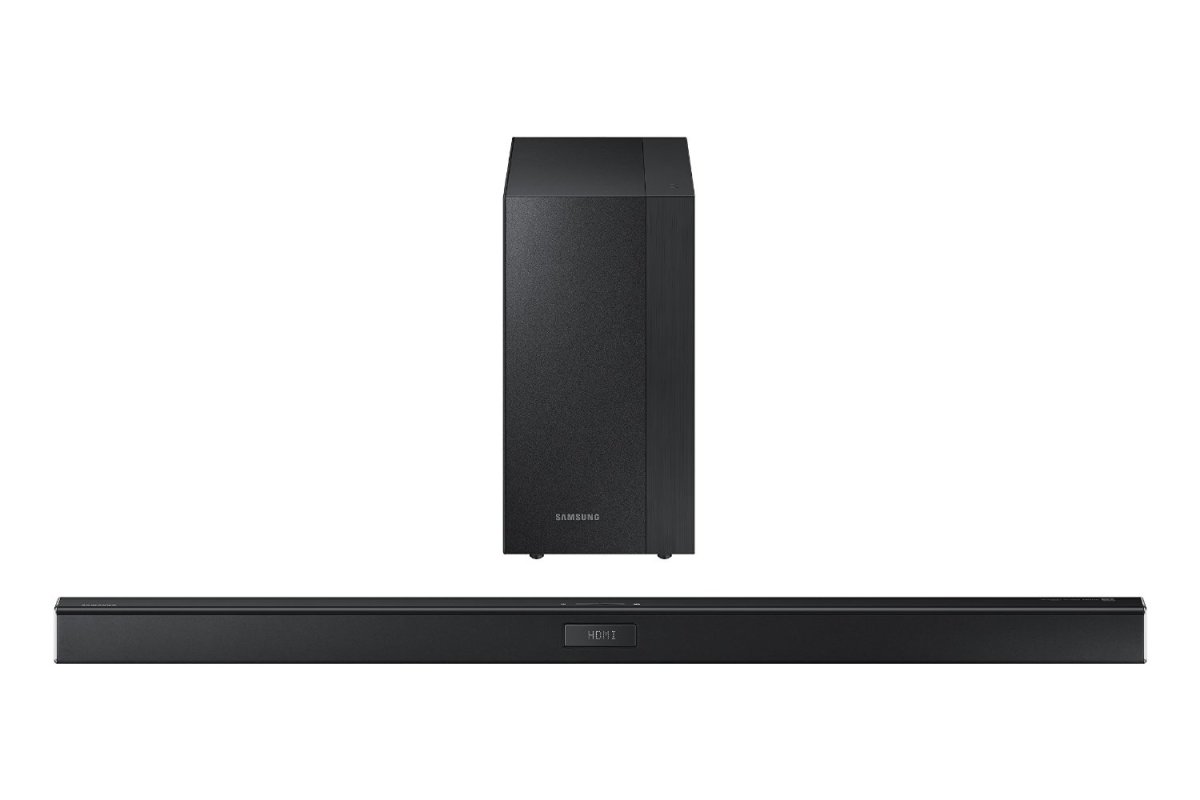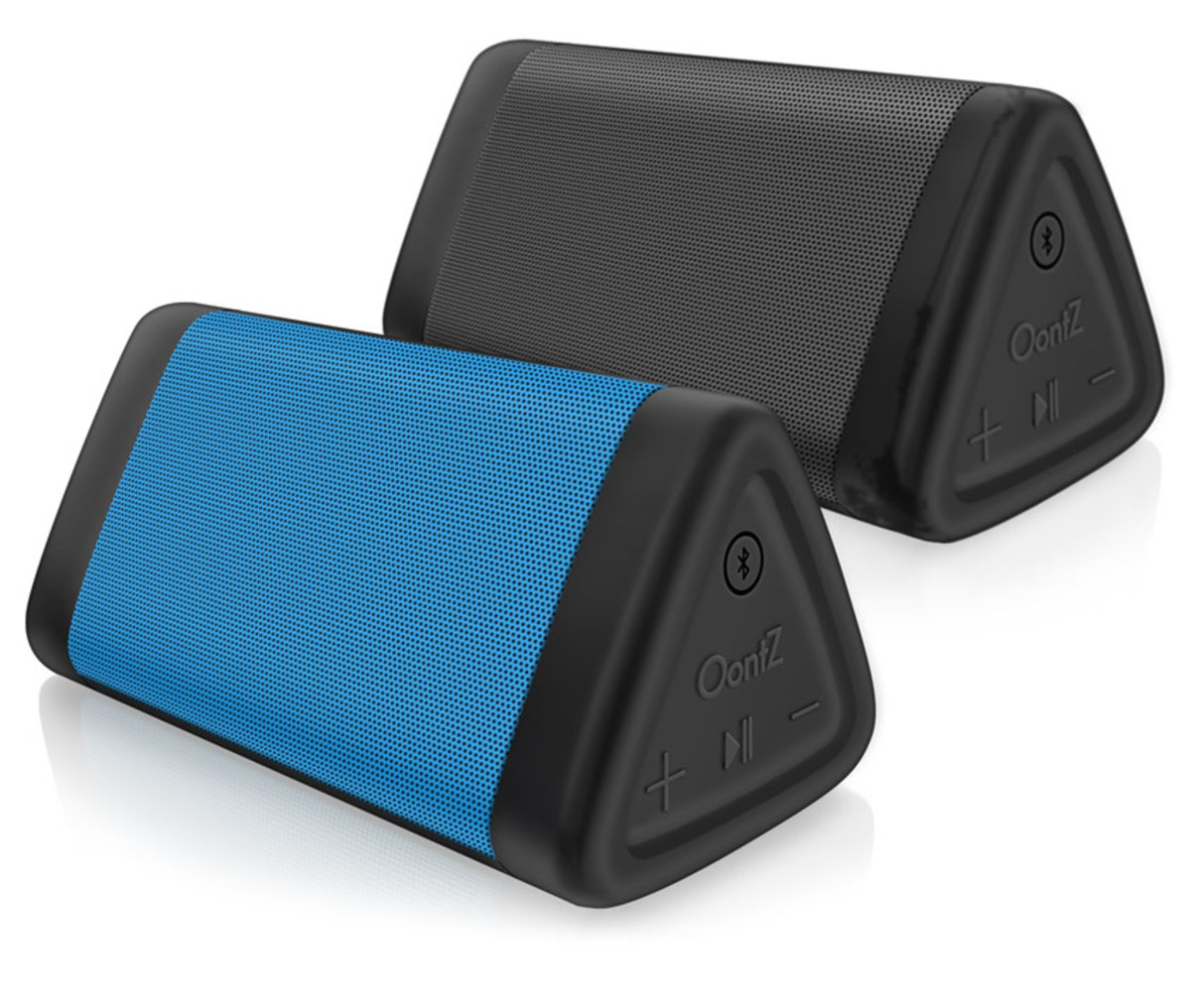Best External TV Speakers 2012 - Active and Passive Speakers for your LCD TV
All LCD TVs come with built-in speakers, but sometimes that's just not enough.
Perhaps you've had the experience of sitting in the comfort of your home and watching a cool action movie, only to find that your speakers aren't reproducing the explosions, gunshots and fireworks very convincingly. Or, maybe your built-in LCD TV speakers sound pretty good, but you want just a little bit more "oomph" when watching your favorite shows.
The solution may very well be external TV speakers. Fortunately, replacements for built-in LCD TV speakers aren't that hard to come by, can be fairly affordable,
and can give that extra "edge" to your TV-watching experience. We'll take a look at some of the best speakers for TV that you can buy. But first, you should know...
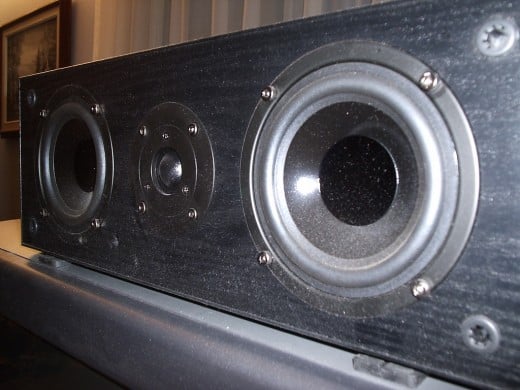
...A Little Bit About How Speakers Work!
When we think of a "speaker", especially in the context of home entertainment speakers for TV or other applications, we're thinking usually about a series of drivers built into an enclosure (see photos on left).
There are generally four types of drivers:
- Tweeters, which produce high-frequency sounds (treble)
- Mid-ranges, which produce mid-frequency sounds
- Woofers, which produce low-frequency sounds (bass)
- Full-range, which produce sounds in every frequency.
Cheaper active speakers often use one or more full-range driver. The more expensive speakers usually include a mix of tweeters, mid-ranges and/or woofers, a feature which yields higher-quality sound.
Pros and Cons of Speakers That Need Amps
Speakers That Use Amps (Passive Speakers)
| Speakers That Don't Use Amps (Active Multimedia Speakers)
|
|---|---|
Higher-quality sound
| Lower-quality sound
|
More expensive
| Less expensive
|
Must buy an amplifier separately
| No need to buy anything else--just plug in
|
Works with all TVs
| Only works if your TV has a headphone output or "external speaker" output
|
Some External TV Speakers Need Receivers
The best speakers will require a stereo amplifier, which you would purchase separately. The stereo amplifier is needed when the speakers themselves don't have built-in amplification. Essentially, the stereo amplifier "powers" the speakers. This breed of speaker is referred to collectively as passive speakers.
Passive speakers use standard speaker wire to connect to an amplifier, and the amplifier uses RCA cables with red and white terminals to connect to your TV.
The speakers that DON'T need an amplifier--often sold as computer speakers, PC speakers or multimedia speakers--can be hooked directly up to your TV. They don't need the external amp because they have a small, low-power amp built in (they're active speakers). They usually use a headphone jack-like connector. Some even connect through a computer's USB port. This type of speaker is very easy to use--just plug it in and forget about it-- and works equally well with TVs, computers, iPods and other mp3 players, and a wide range of other electronics.
In this article, we'll discuss some of the best speakers for TVthat DON'T need an amplifier and those that DO.
How Do Speakers Work? Interesting Links
- HowStuffWorks "How Speakers Work"
Great overall explanation about how various types of speakers work. Includes easy-to-understand explanations of the basic physics of sound. - How Do Self-Powered Speakers Work? | eHow.com
Explains specifically how self-powered (that is, active) speakers work in a short informational article.
How Many Speakers Do You Need?
The number of external speakers you need really depends on how you want to experience sound. If you just want better sound to enjoy your everyday TV shows and movies, 2 stereo speakersmight be enough for you. If you want a little bit more "bang" for your buck and for your ears, you might consider a 2.1 speaker system, which includes the 2 left and right speakers plus a subwoofer, a separate floor-standing speaker made just for enhancing bass. (The "point 1" is there to show that a subwoofer is included in the system.) The subwoofer or "sub" will add that extra punch to music and movies alike, and will make deep sounds, like explosions, rumbling, etc. more lifelike.
If you're really into movies, however, and you're willing to go all the way, you might want to look into surround sound speaker systems, sometimes called home theater systems. Surround sound is what you hear when you go to the movie theater: the sound literally surrounds you, helping to immerse you in the scene. It's easy to reproduce that experience at home with a high-quality home theater system. You might invest in a 5.1 home theater system (Left, Right, Center, and 2 Surround Speakers on the side + sub), or even a 7.1 home theater system (all of the above + 2 "Surround Back" speakers) for the ultimate surround sound experience.
Speaker Wattage Explained - What YOU should know
If you're looking to purchase speakers, you may come across something like "20 watts" or "150 watts" written on the box or listed in the specifications. These numbers refer to speaker wattage.
- For active speakers, the number tells you the amount of power the internal amplifier is putting out to drive the speaker.
- For passive speakers, the number tells you how much power the speaker can handle from an external amplifier or AV receiver.
Many people think higher speaker wattage always equals more loudness, and that a relatively lower speaker wattage is undesirable. However, this is not always the case. There are many factors that affect the loudness of speakers. Furthermore, if you double the wattage of a speaker, the difference in volume is a nominal +3 dB (decibels).
All in all, speaker wattage can give you a rough--if not wrong--idea of a speaker's loudness, but it's not a guarantee of high quality. Take note of the wattage, but also keep in mind the build quality, brand reputation, technology, and speaker configuration (How many drivers? And what are they? Full range, tweeters, mid-range, basses, etc.?).

Here are five of the best replacement systems for your built-in LCD TV speakers:
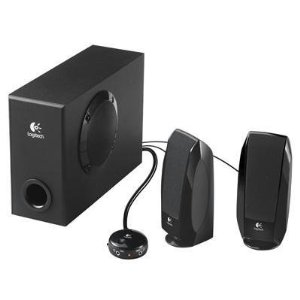
Logitech S220 2.1 Speaker System with Subwoofer
This simple 2.1 speaker system from Logitech gets very high marks. It's both inexpensive and sounds great, making it a great choice for external TV speakers.
The S220 system is Logitech's improvement on an earlier system, the S200. It includes a powered subwoofer for rich, deep bass and a "full" sound experience. The design incorporates a sleek, glossy black exterior.
Logitech is well known for their lines of high-quality, low-price computer accessories, but many Amazon customers report that the S220 system works as a great replacement for their internal LCD TV speakers. A few customers say that the bass isn't superb and that one shouldn't expect home-theatre quality, but many agree that they are an excellent value for the money.
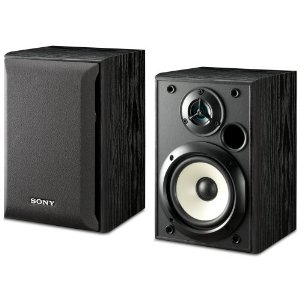
Sony SS-B1000 5 1/8-Inch Bookshelf Speakers
Amplifier Needed
The Sony SS-B1000 Bookshelf Speakers are a great buy. They come in an elegant wood-grain finish that suits any home décor.
These speakers are a bestselling item on Amazon.com, and with good reason. The sound is crisp, clear and realistic. The bass is deep and rich, because the woofer (the part of the speaker that handles the low frequencies) is made out of a special combination of Kevlar and H.O.P. (Highly Oriented Polyolefin), allowing for lots of strength and flexibility. People who've bought this item are especially happy with the bass response; for some, it may even eliminate the need for a subwoofer.
The higher frequencies come across crisply as well. The tweeter (the part that handles high frequencies) is stable and lightweight, features which are necessary for high-quality sound.
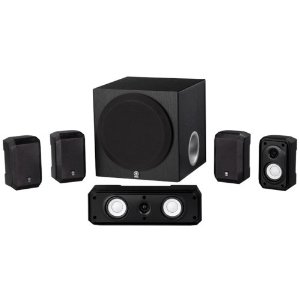
Yamaha NS-SP1800BL 5.1-Channel Home Theater Speaker Package
Amplifier Needed
The Yamaha NS-SP1800BL is a home theater system that offers a 5.1 surround sound experience at an unusually low price.
With Yamaha's active servo technology, the speakers and amplifier work together to cancel out impedance. This results in a cleaner, more balanced sound and more realistic imaging. It also allows for the speakers and the subwoofer to be smaller without sacrificing audio performance or impact. Another cool feature is that the speakers can be wall-mounted.
Some reviewers are blown away by the availability of a 5.1 surround sound home theater system at this price point. It's generally agreed that this is a very good entry-level home theater system that gives you high-quality sound without breaking the bank.
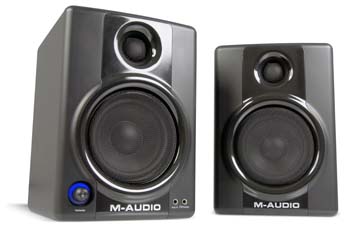
M-Audio Studiophile AV 40 Powered Speakers
(Click on product to see price!)
The interesting thing about these M-Audio Stereo Speakers is that they were not conceived as replacements for LCD TV speakers, or as PC speakers. They're studio monitors--speakers often used by music producers, sound engineers and musicians to produce sound that's highly crisp and accurate. That doesn't mean, however, that they can't be used external TV speakers. In fact, they fill that role very well.
These speakers have a built-in capacity for great bass. They include a 4"-diameter driver and a bass reflex design to give you a full bass experience without a subwoofer. The AV 40 Powered Speakers also incorporate M-Audio's OptImage III Technology, which enhances the tweeter and synchronizes the drivers for accurate, refined sound imaging and clarity.
On Amazon, people tend to give these speakers high marks for clarity in each register (highs, mids and lows). Many really appreciate the build quality. Some users note that the speakers should be placed relatively close to where you're sitting, and that the speakers really begin to shine once they're broken in.
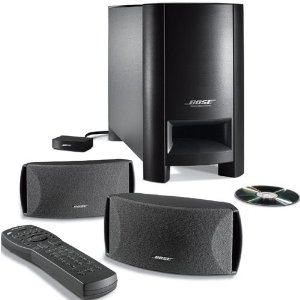
Bose® CineMate® Dighital Home Theater Speaker System
When you go with Bose, you're going with a trusted name in home entertainment. The Cinemate Digital Home Theater Speaker System is a simple speaker system that gets great reviews.
The Cinemate system incorporates Bose's Articulated Array speaker configuration and TrueSpace digital processing technology, which combine to create a surround-sound effect with only two speakers and a subwoofer.
A handful of reviewers like the Cinemate because it brings home-theater quality sound to your TV without the expense of numerous speakers and a receiver or amplifier. For the best quality overall, an investment in a full home-theater system makes sense, but for the money, many agree that you just can't go wrong with the Cinemate.
External TV Speakers -- Things to Consider
- Do your homework. Click on one of the speakers above, and you'll be able to search Amazon for the best speakers for every budget--for lower prices than you'll find at most stores. Check out the reviews to get a general sense of how much people like the speakers and how pleased they are with their investments. Look for reviewers who have a setup similar to your own.
- Make sure your TV has the right inputs. If it has a headphone jack, you can most likely use inexpensive active speakers. If it has RCA (or composite) inputs, you either have to use passive speakers with an amplifier, or inexpensive active speakers with a headphone jack-to-RCA converter cable.
- Know what to expect at every price point. Under $50, you'll find a number of decent multimedia speaker sets. From $50 to $200, you'll find higher-end multimedia speakers as well as some good passive speakers. From $200 to $500, there are a number of good 5.1 home-theater systems, as well as better passive speakers. Upwards of $500, the sky is the limit in terms of configurations and sound quality.

